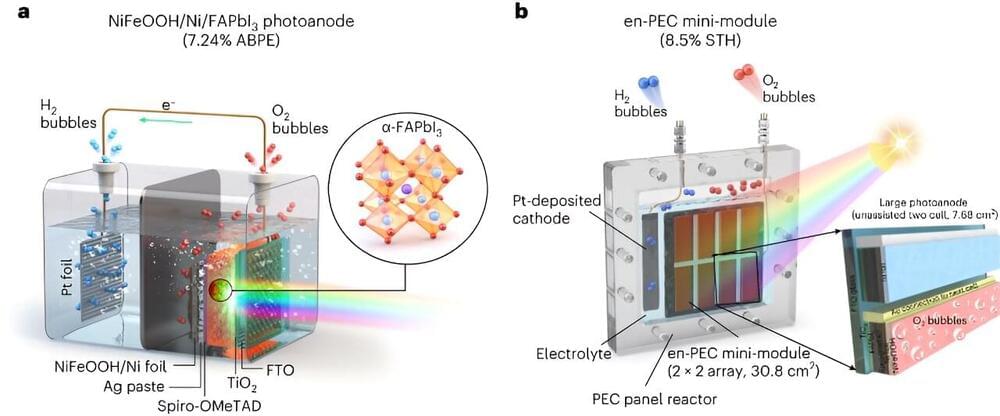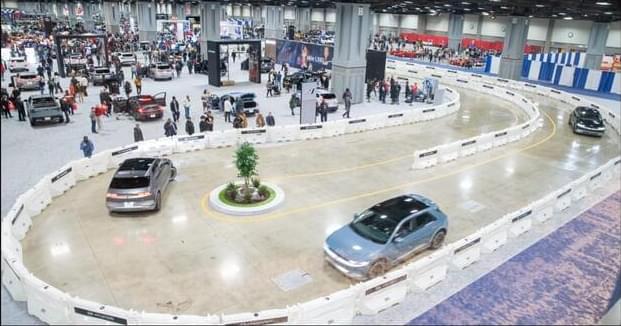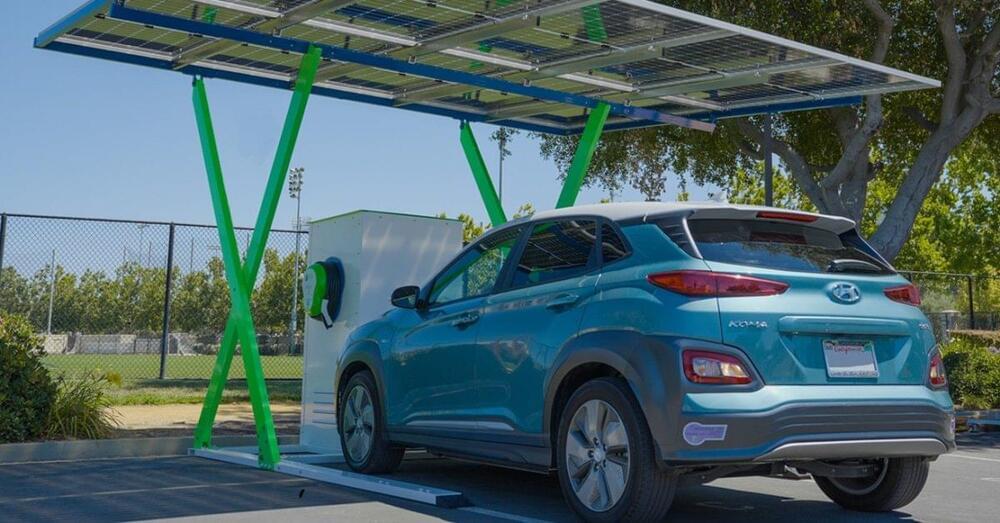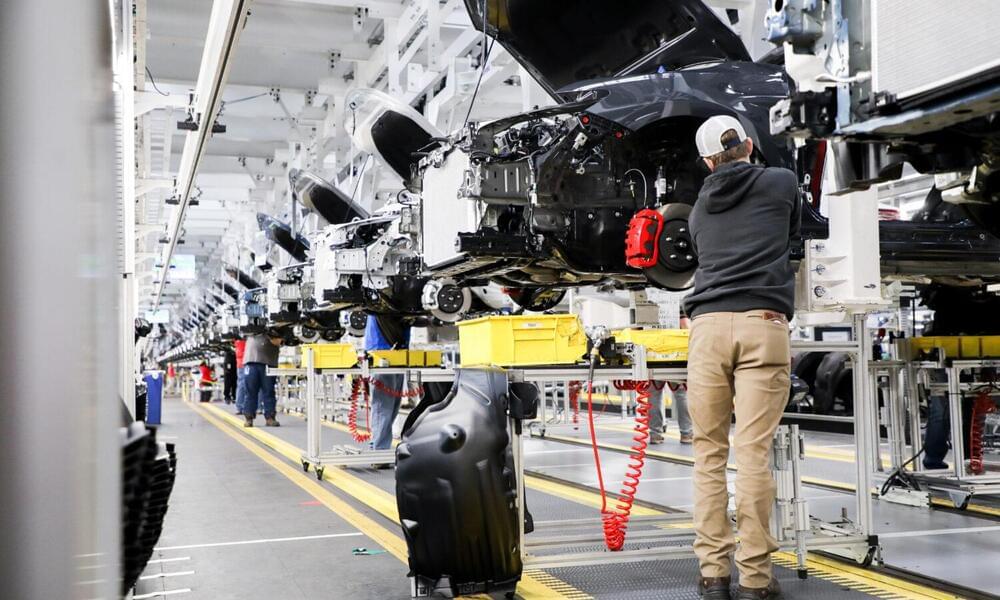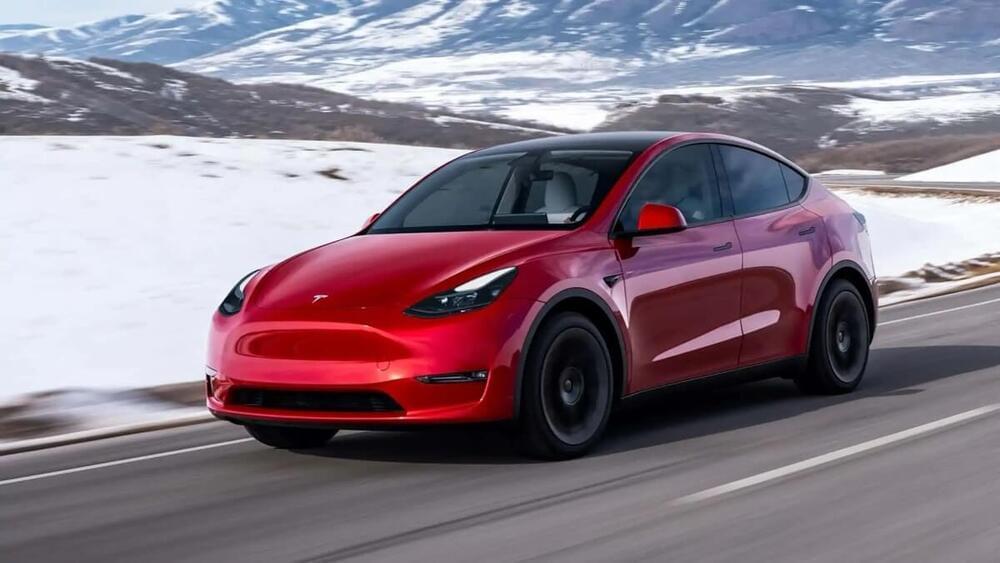At the 2024 Consumer Electronics Show (CES), the spotlight was on groundbreaking developments in AI and healthcare. However, battery technology is the game-changer at the heart of these innovations, enabling greater power efficiency. Importantly, electric vehicles are where this technology is being applied most intensely.
Today’s EVs can travel around 700 km on a single charge, while researchers are aiming for a 1,000 km battery range. Researchers are fervently exploring the use of silicon, known for its high storage capacity, as the anode material in lithium-ion batteries for EVs. However, despite its potential, bringing silicon into practical use remains a puzzle that researchers are still working hard to piece together.

